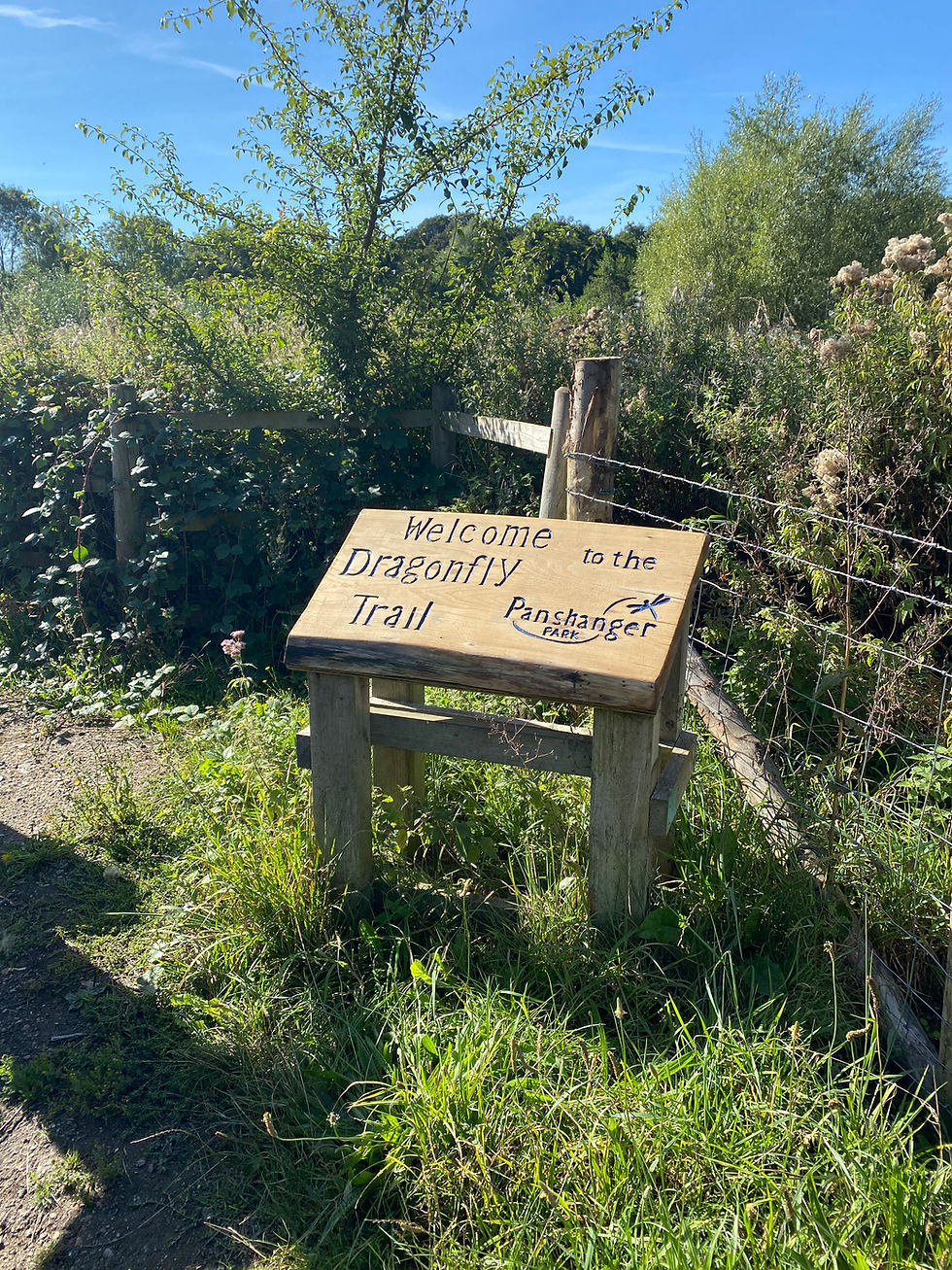The truth about what agri-environment schemes deliver for wildlife
- emilystacey2

- Nov 4, 2022
- 3 min read
With 3.6 million hectares of land across the UK in agri-environment schemes in 2020, it is fair to ask whether these schemes are delivering the benefits they are designed to. At home on your farm, you are sure to notice the effect that your conservation efforts are having on local populations, whether that be species returning to the farm, breeding on the farm, or increased numbers of pollinators visiting your wildflower areas. But what is the benefit on a landscape scale and are there the figures to illustrate the positive impact of your efforts?

The UK Centre for Ecology & Hydrology (UKCEH) has spent the past decade monitoring the effect of agri-environment measures in reducing biodiversity losses caused by agricultural intensification following the war. This included looking into the decline of pollinators and crop pest predators, both extremely important to agriculture. The Defra-funded experiment involved a 1000ha conventional arable farm at Hillesden, Buckinghamshire. Starting in 2005, it began with the establishment of a variety of habitats including wild bird plots, flower-rich areas, and grass margins. Once established, intensive monitoring by the UKCEH and the Wildlife Farming Company of bird and butterfly populations at Hillesden began. The results gathered were compared to data from other farmed landscapes where agri-environment measures were not in place. This was provided by the British Trust for Ornithology (BTO) and Butterfly Conservation.
The benefit to wildlife
Most species were seen to do better at Hillesden than in other comparable farmed landscapes where there were no agri-environment measures over the same period. Between 2006 and 2016 all 12 of the widespread bird species monitored in the experiment were seen to have population increases of one third. This is compared to an average of just under 13% at the other sites. The provision of seed sources through the growing of bird seed mixes had a significant impact on seed-eating birds such as the Linnet, whose abundance doubled. Similarly, the creation of sheltering habitat through tussocky grass margins and well managed hedgerows saw Great Tit abundance increase by 88% and Blue Tit by 73%.
The 9 butterfly species monitored also gave positive results with each experiencing a population increase of 40% between 2009 and 2017, significantly greater than the 21% in the landscape lacking any agri-environmental measures. The numbers of Gatekeeper butterfly and the Green-Veined White butterfly doubled. The first mentioned benefited from the tussocky grass habitats and the latter from the wildflower meadows. The only butterfly species to see a decline compared to other sites where agri-environment measures were not in place was the small white butterfly. As it is a pest species, the decline is thought to be due to increased predation or competition from the other beneficial species which increased in abundance over the period.

The benefit to the farm business
At the end of the day, farms need to make a profit and taking areas out of crop production has got to work for the business. It is already recognised that increasing the abundance of beneficial invertebrates and natural predators on the farm can have a positive effect on the farm business through greater pollination of crops and reduced need for insecticide. A separate experiment was undertaken to investigate the effect of the agri-environment scheme on the farm’s food production. Over a 6-year period, harvesting data from Hillesden was monitored. In all crops the overall yields were maintained and in some crops the yield increased, despite having less land in crop production.

The long timescale of the experiment means researchers can be confident in the conclusion that agri-environment options can bring long-term benefits for bird and butterfly populations. What is important is having a scheme that is well planned, appropriately implemented, and suitably managed to ensure maximum benefit.
FWAG East can provide advice to help you get the most out of your agri-environment scheme. Taking the least productive and difficult to farm areas out of crop production and putting these into wildlife habitat is a good place to start!




Comments